As favourable conditions allowed for additional late cuts of silage, farmers attending the Teagasc soil fertility conference were advised to apply K to those fields.
Speaking at the event, Mark Plunkett, Teagasc soil and plant nutrition specialist said autumn was a good time to apply both K and lime especially where extra grass cuts were taken. He added that by doing so farmers could reduce the likelihood of grass tetany issues and N loss in spring.
He said: “Intensively cut grass silage removes significant quantities of nutrients at harvest time and may reduce soil fertility. Now is a good time to review soil test results and develop a fertiliser plan in time for the year ahead.”
Also speaking at the conference, Dr John Spink said the management of soil fertility levels should be a priority for every dairy and drystock farmer. Dr Spink who is head of the crops environment and land-use programme at Teagasc encouraged all farmers to follow the five steps for effective soil fertility management.
These five steps include; soil testing, soil pH and lime, targeting index 3 for P and K, using slurry and manure and achieving a nutrient balance.
Dr David Wall of Teagasc said that while fertiliser inputs represented a significant cost they are necessary to drive high grass, milk and meat outputs.
He said: “Getting the basics correct by applying lime, maximising slurry and manure nutrient resources and selecting the right fertiliser product, and applying it at the right rate and right time will go a long way to improving production, profitability and sustainability on grassland farms.”
Full conference report in tomorrow’s Irish Farmers Journal
Read more
Grass growth back 3t/ha on Laois farm
Grass holds the key to unlocking profitability in beef
As favourable conditions allowed for additional late cuts of silage, farmers attending the Teagasc soil fertility conference were advised to apply K to those fields.
Speaking at the event, Mark Plunkett, Teagasc soil and plant nutrition specialist said autumn was a good time to apply both K and lime especially where extra grass cuts were taken. He added that by doing so farmers could reduce the likelihood of grass tetany issues and N loss in spring.
He said: “Intensively cut grass silage removes significant quantities of nutrients at harvest time and may reduce soil fertility. Now is a good time to review soil test results and develop a fertiliser plan in time for the year ahead.”
Also speaking at the conference, Dr John Spink said the management of soil fertility levels should be a priority for every dairy and drystock farmer. Dr Spink who is head of the crops environment and land-use programme at Teagasc encouraged all farmers to follow the five steps for effective soil fertility management.
These five steps include; soil testing, soil pH and lime, targeting index 3 for P and K, using slurry and manure and achieving a nutrient balance.
Dr David Wall of Teagasc said that while fertiliser inputs represented a significant cost they are necessary to drive high grass, milk and meat outputs.
He said: “Getting the basics correct by applying lime, maximising slurry and manure nutrient resources and selecting the right fertiliser product, and applying it at the right rate and right time will go a long way to improving production, profitability and sustainability on grassland farms.”
Full conference report in tomorrow’s Irish Farmers Journal
Read more
Grass growth back 3t/ha on Laois farm
Grass holds the key to unlocking profitability in beef



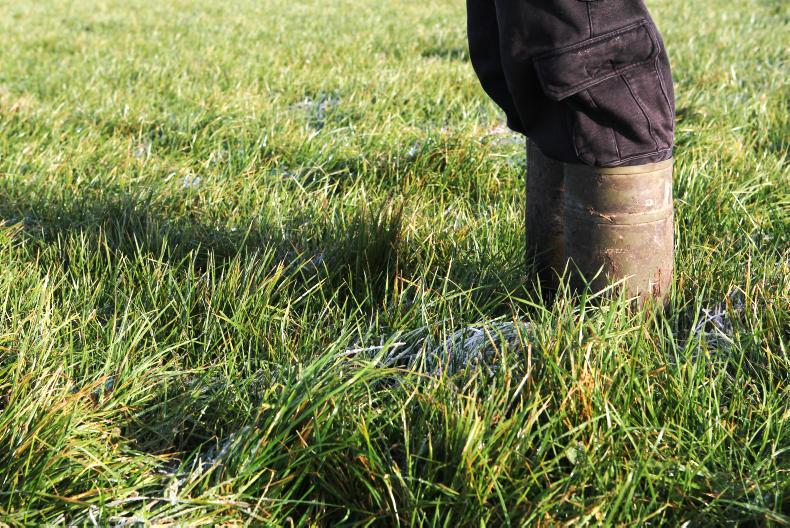

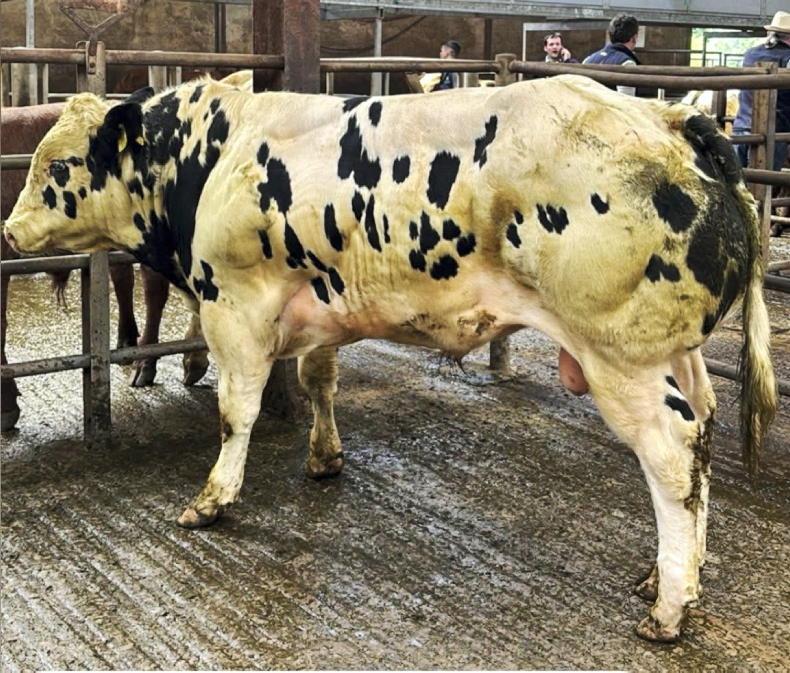

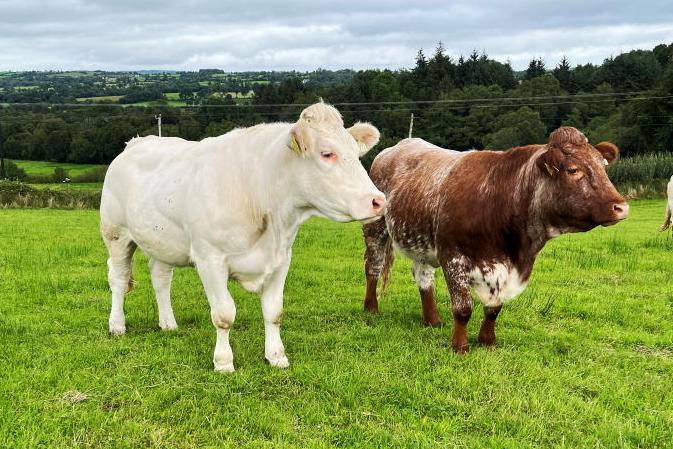
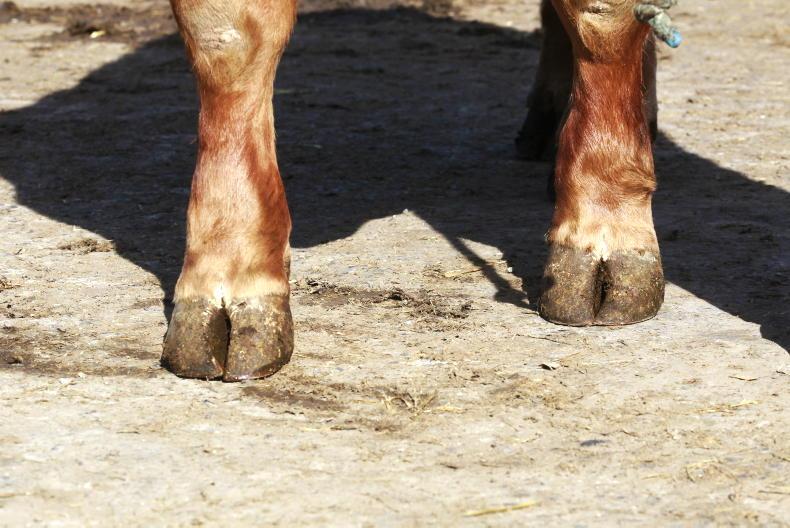
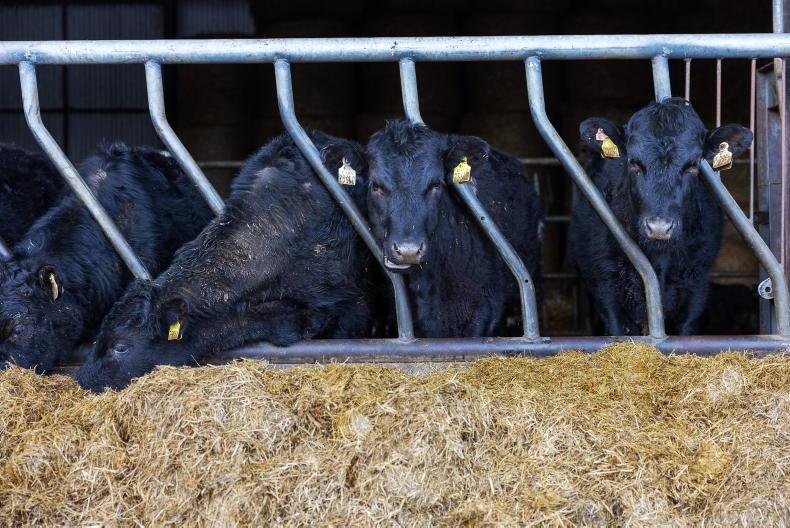
SHARING OPTIONS